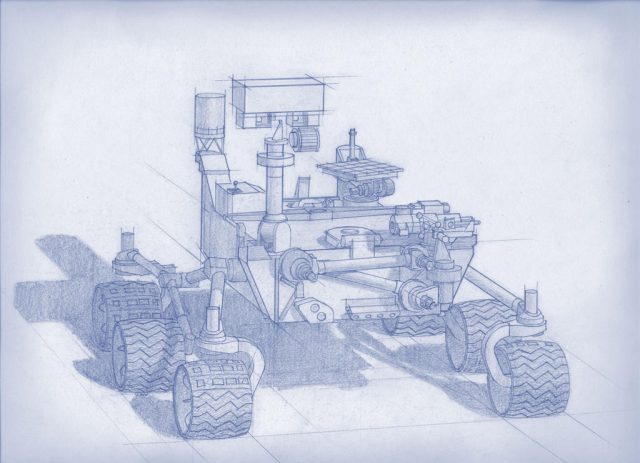NASA’s next Mars rover to prep for sample returns, human exploration
Ars Technica » Scientific Method 2013-07-11
NASA affirmed its addiction to Big Red this week, announcing plans for the next Mars rover, which is scheduled to launch in 2020. The mission plan is conservative in a way, mainly hitting items on the Martian to-do list that had previously been neglected due to funding issues. If you were amazed by the novelty of Curiosity, prepare to be amazed by the exact same thing again. Rather than reinvent the rover, NASA will save money and reduce the risk of the unknown by building a modified Curiosity-class vessel.
The mission will have three main goals. First, the rover will be specifically outfitted to look for signs of past life in the rocks of Mars—a job at the limits of Curiosity’s abilities. Unlike Curiosity, it will also be collecting rock samples that will hopefully be brought back to Earth by later parcel delivery missions. Finally, it will be doing a little scouting on the side to start paving the way for a future human expedition.
To look for evidence that life once existed on Mars, the rover will use instruments similar in nature to the ones Curiosity is carrying around, but with some key differences. It will need to be able to inspect the structure and chemistry of rocks on a smaller scale as it will be looking for fossils or trace chemical signatures associated with microbial-type life. There will also be slightly more capable instruments for organic chemistry that will refrain from crushing samples for analysis (since NASA is aiming to bring some of those babies home).
Read 6 remaining paragraphs | Comments





